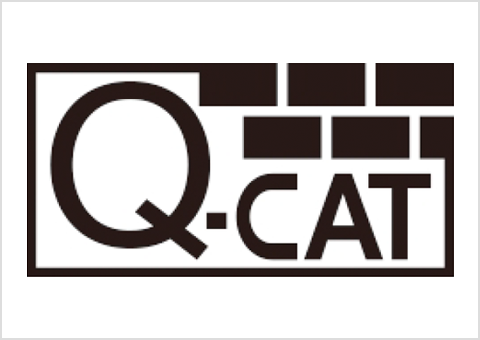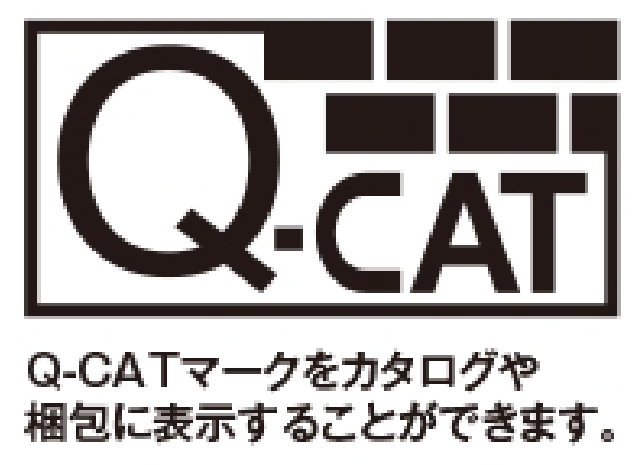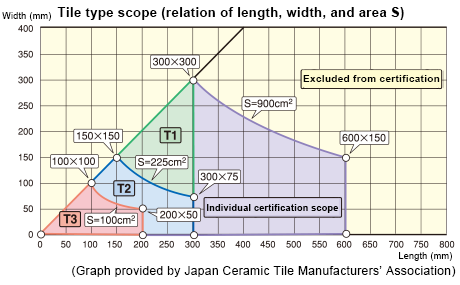- トップページ
- Top
- Tile information
- About Q-CAT
About Q-CAT

The Q-CAT quality certification system for the combination of exterior tiles and organic adhesives is a certification system that enables customers to easily select tiles and adhesives that provide the safety, assurance, and environmental consideration that the public want in the application of exterior tiles with organic adhesives (exterior adhesive application).
Q-CAT stands for Quality accreditation system for Combination of organic Adhesive and exterior Tile.
Outline of Q-CAT
To ensure the construction quality of exterior adhesive application, there are three key elements: appropriate materials, appropriate construction techniques and appropriate work site management. Of these elements, Q-CAT is the quality standard system for appropriate materials, and as such it establishes and certifies tile standards, adhesive standards and combination standards, thereby promoting the wide use of appropriate tiles and adhesives.
Q-CAT quality standards for appropriate materials
Q-CAT certification standards(For details, see the website of the Japan Ceramic Tile Manufacturers’ Association.)
Tile standards
Standards suitable for exterior adhesive application (the condition of the back of the tile, etc.) are set based on JIS A 5209 (ceramic tiles). Also, from the perspective of environmental awareness, adherence to the Act on Promotion of Procurement of Eco-friendly Goods and Services is an essential requirement.
Adhesive standards
JIS A 5557 (organic adhesive for application of exterior tiles) certification is an essential requirement for basic quality in regard to durability. Standards are also set for adhesion to the substrate, slippage resistance, and appearance quality when joint filling is not performed, which are not specified in JIS A 5557.
Combination standards
In order to ensure construction quality, the construction conditions (method of adhesive application) suitable to the tiles in question are established, and standards are set for ensuring the bonding surface area of the adhesive on the back of the tile and for slippage resistance at the time of construction.

Improving the construction
quality of adhesive applications

About Q-CAT certification
There are two types of certification: type certification and individual certification.
| Tile | Type certification | Individual certification |
||
|---|---|---|---|---|
| Type T1 | Type T2 | Type T3 | ||
| Single tiles | ○ | ○ | ○ | ○ |
| Face-mounted tiles | − | − | ○ | ○ |
| Plastic-bound tiles | − | − | − | ○ |
| Mesh-backed tiles | − | − | − | ○ |
| Other backed tiles | − | − | − | ○ |
| Type certification | Individual certification |
|||
|---|---|---|---|---|
| Type T1 | Type T2 | Type T3 | ||
| Adhesive for mortar-based substrate | ○ | ○ | ○ | − |
| Type certification | Individual certification |
|||
| Type Y1 | Type Y2 | Type Y3 | ||
| Combination of ceramic siding, joint tape and adhesives for ceramic-based siding |
○ | ○ | ○ | − |
* “○” indicates items with certification standards. “–” indicates items without certification standards.
Q-CAT scope for substrates
| Cement substrate | Ceramic siding substrate |
|---|---|
| Mortar (JASS15) | Ceramic siding registered in Q-CAT |
| Concrete (JASS5) | |
| Extruded cement panel (JIS A 5441) | |
| ALC panel (JISS A 5416) |


